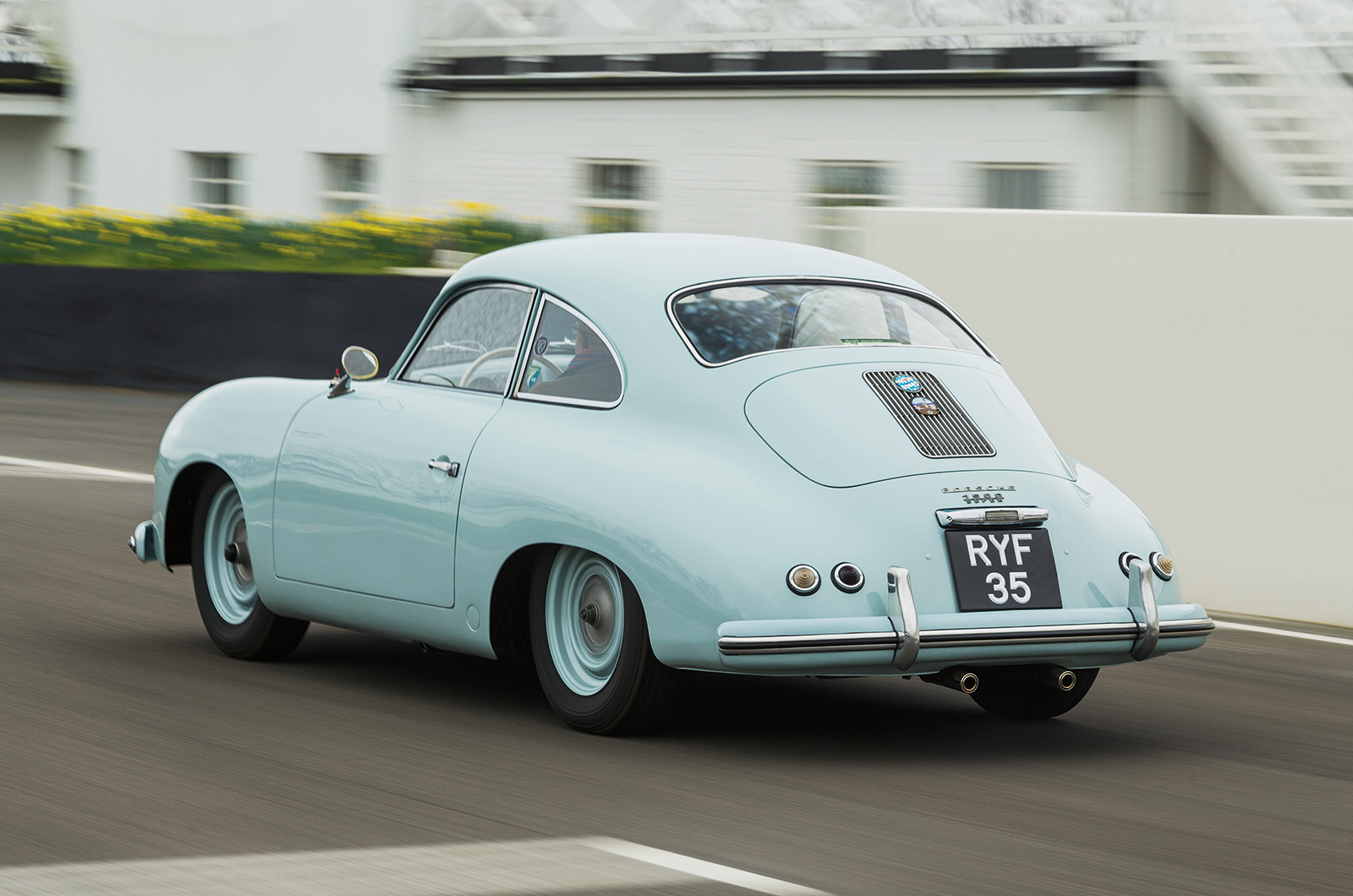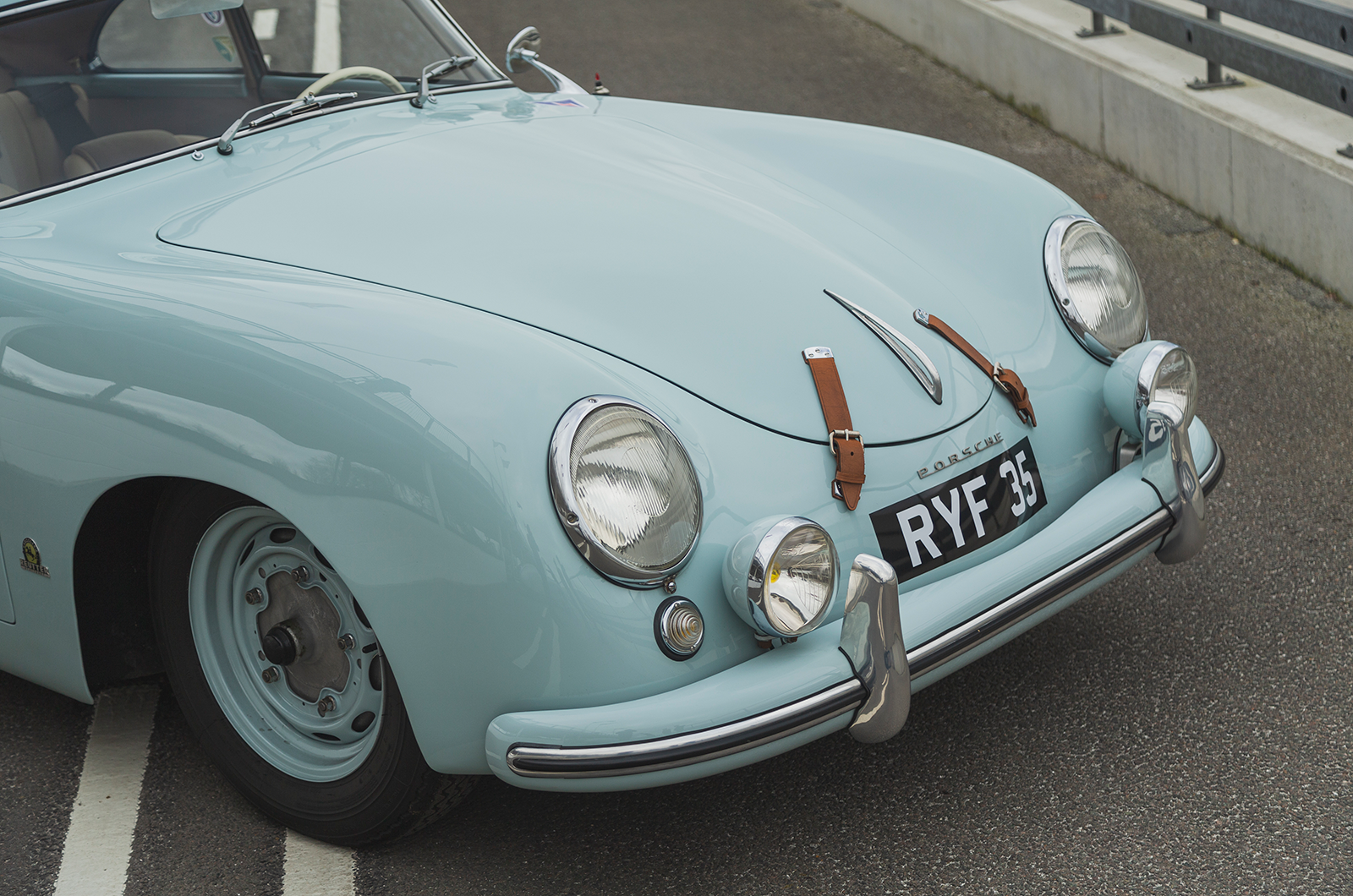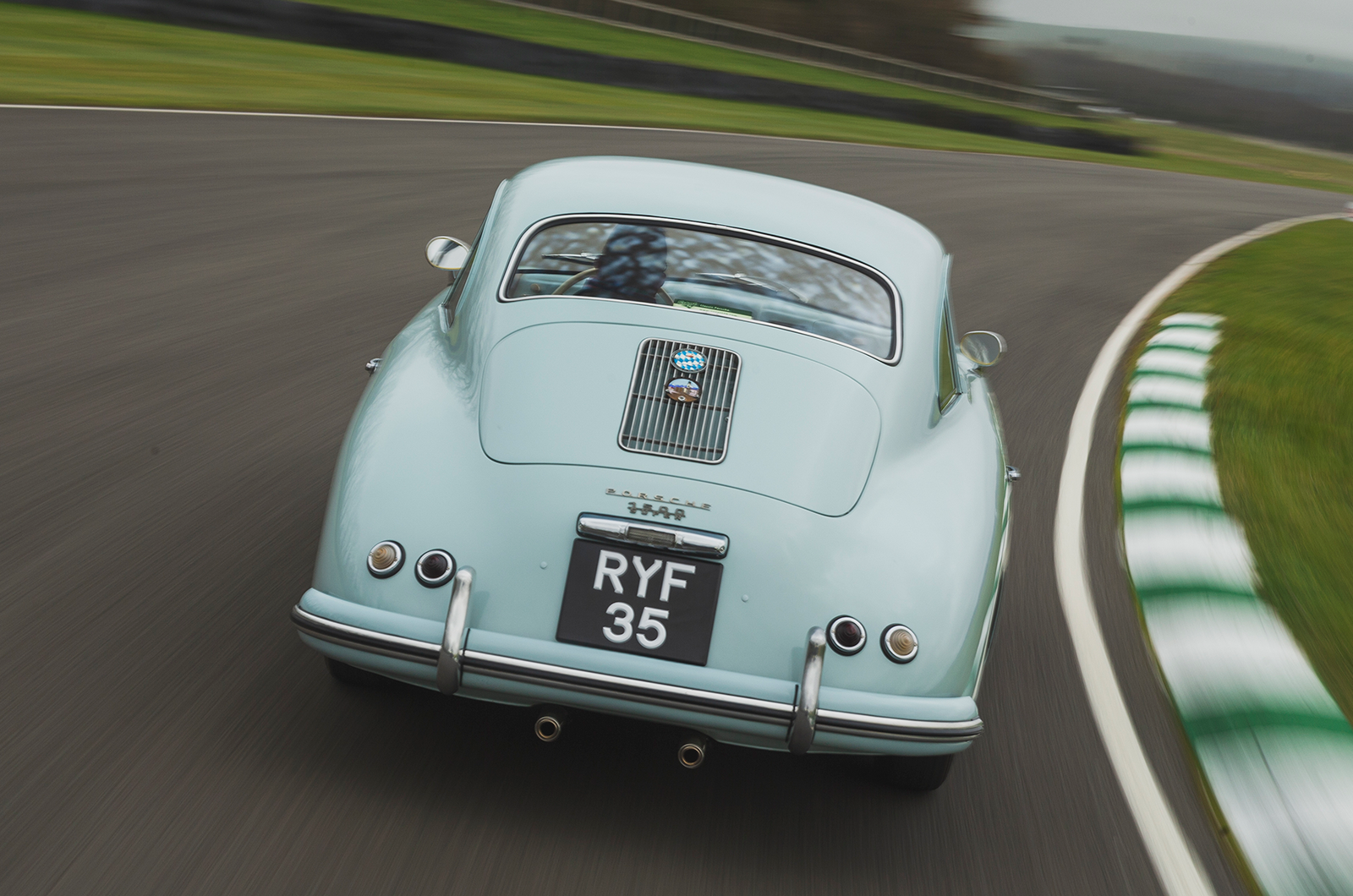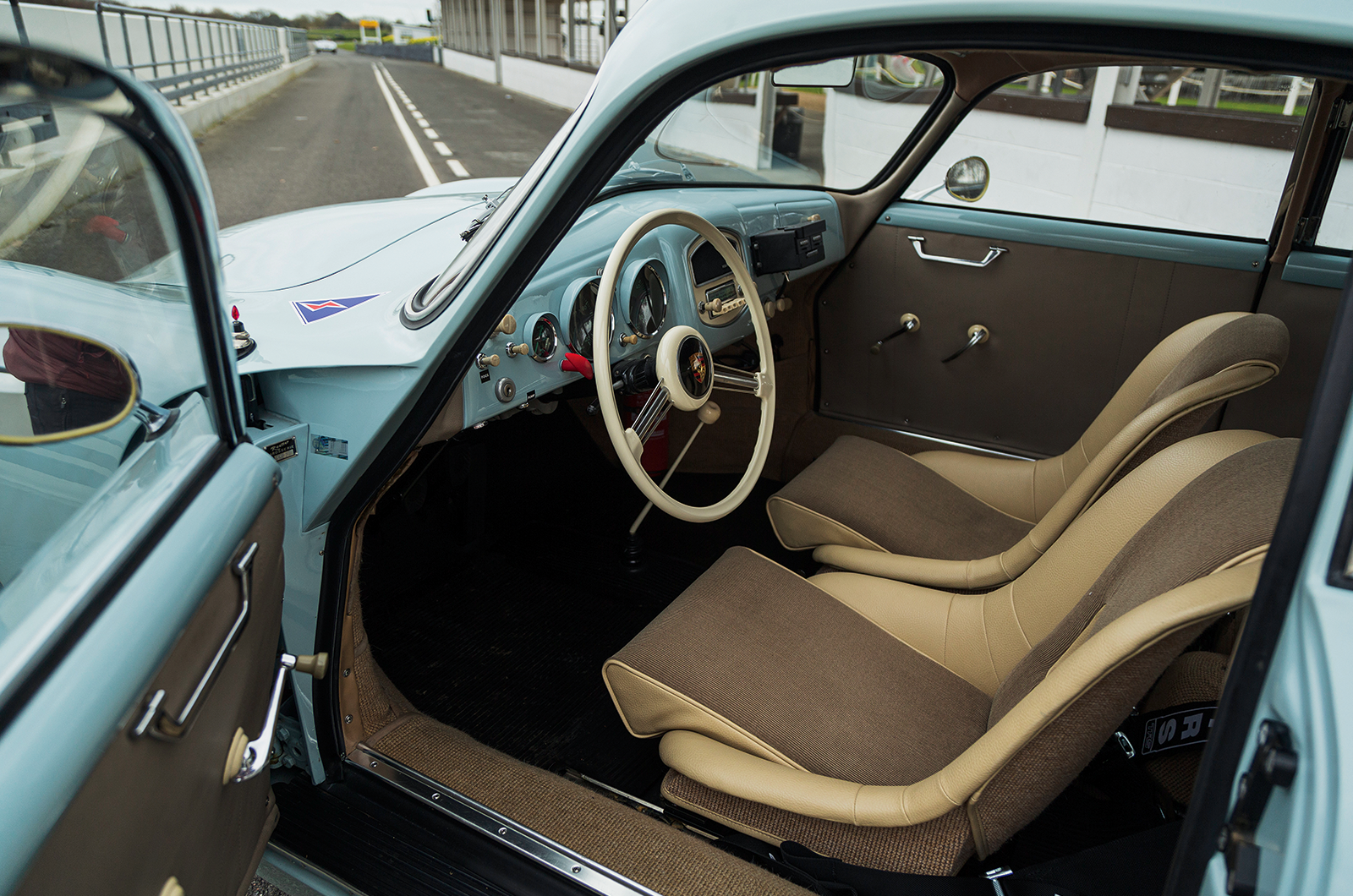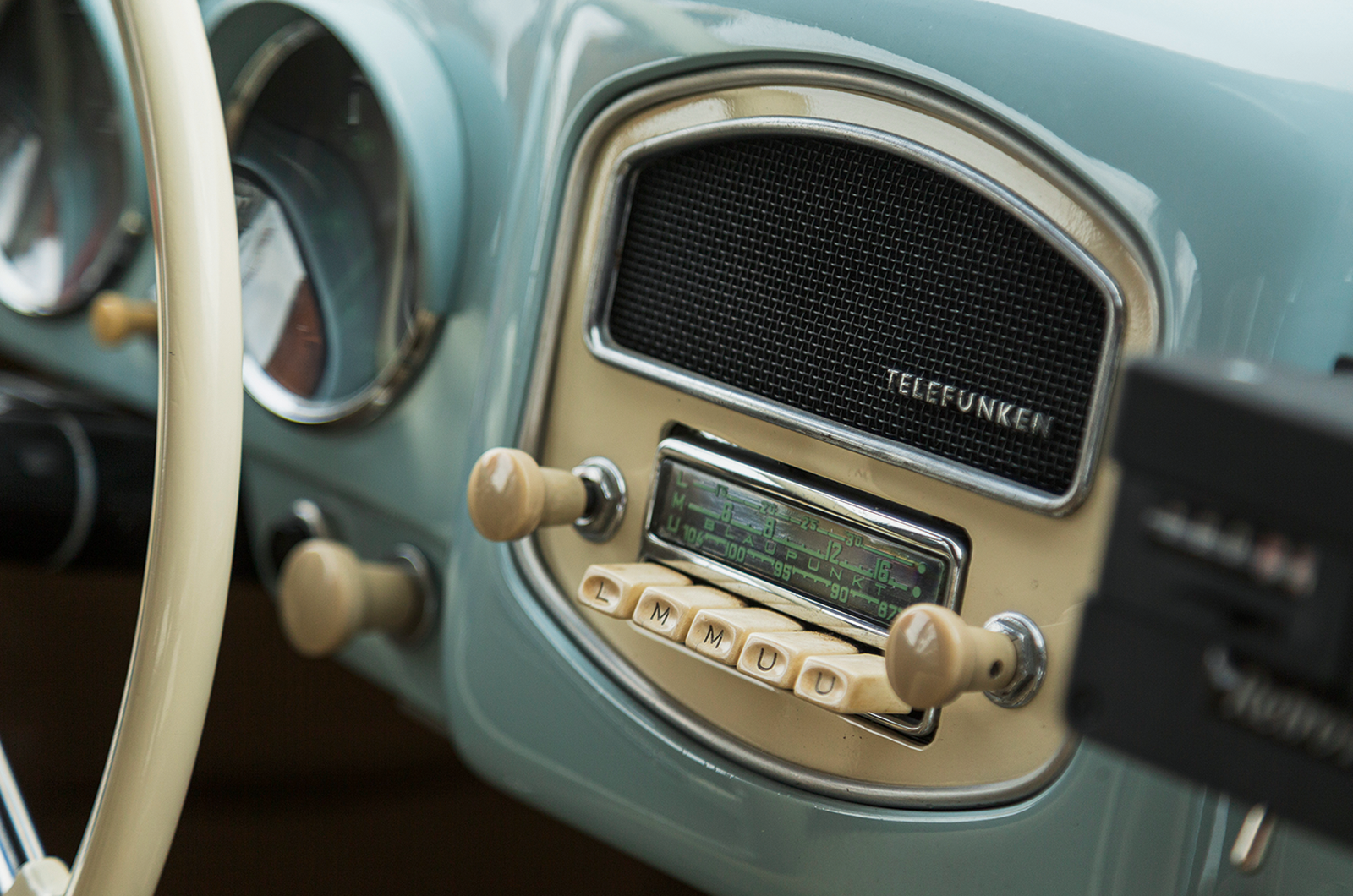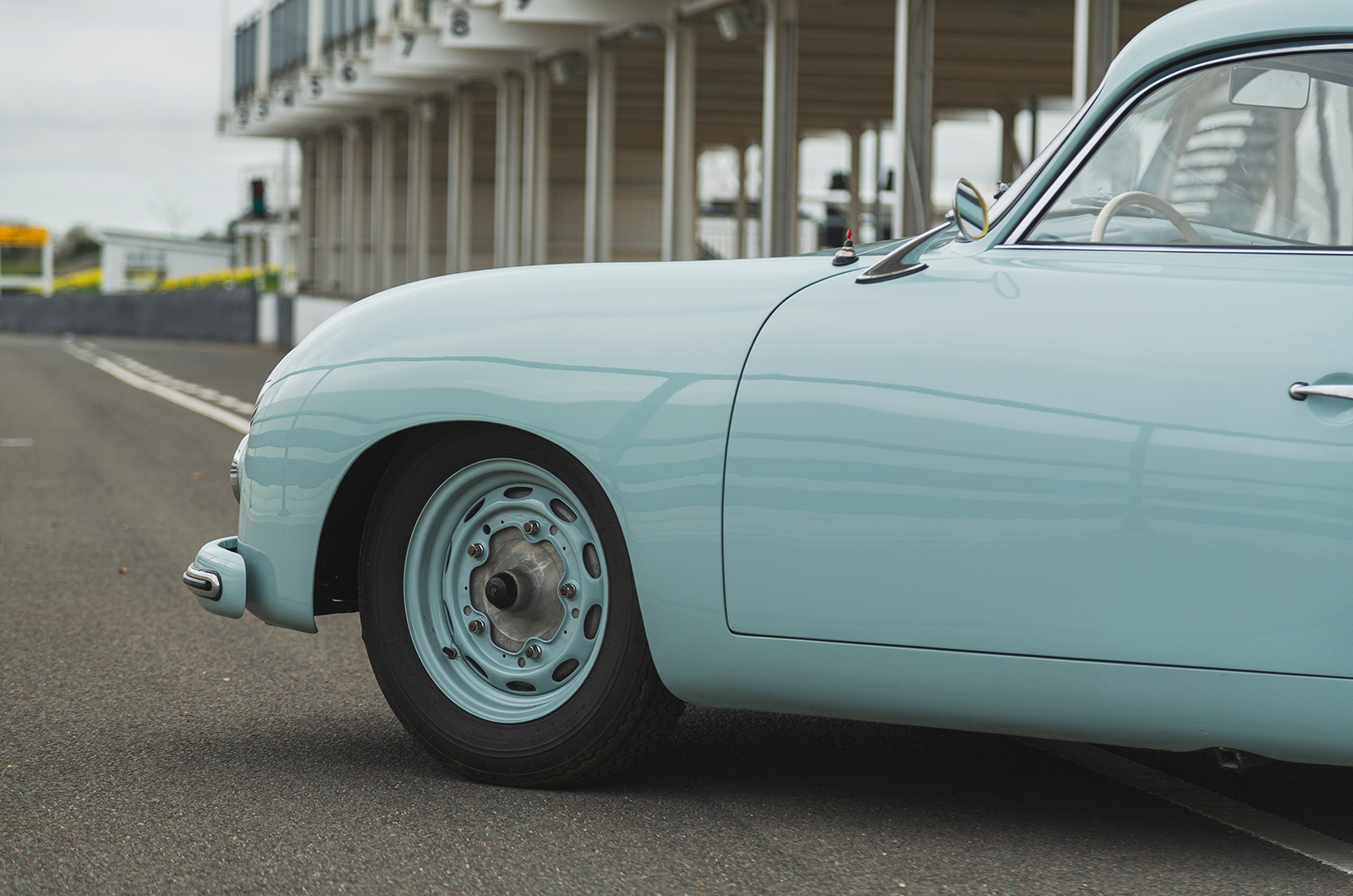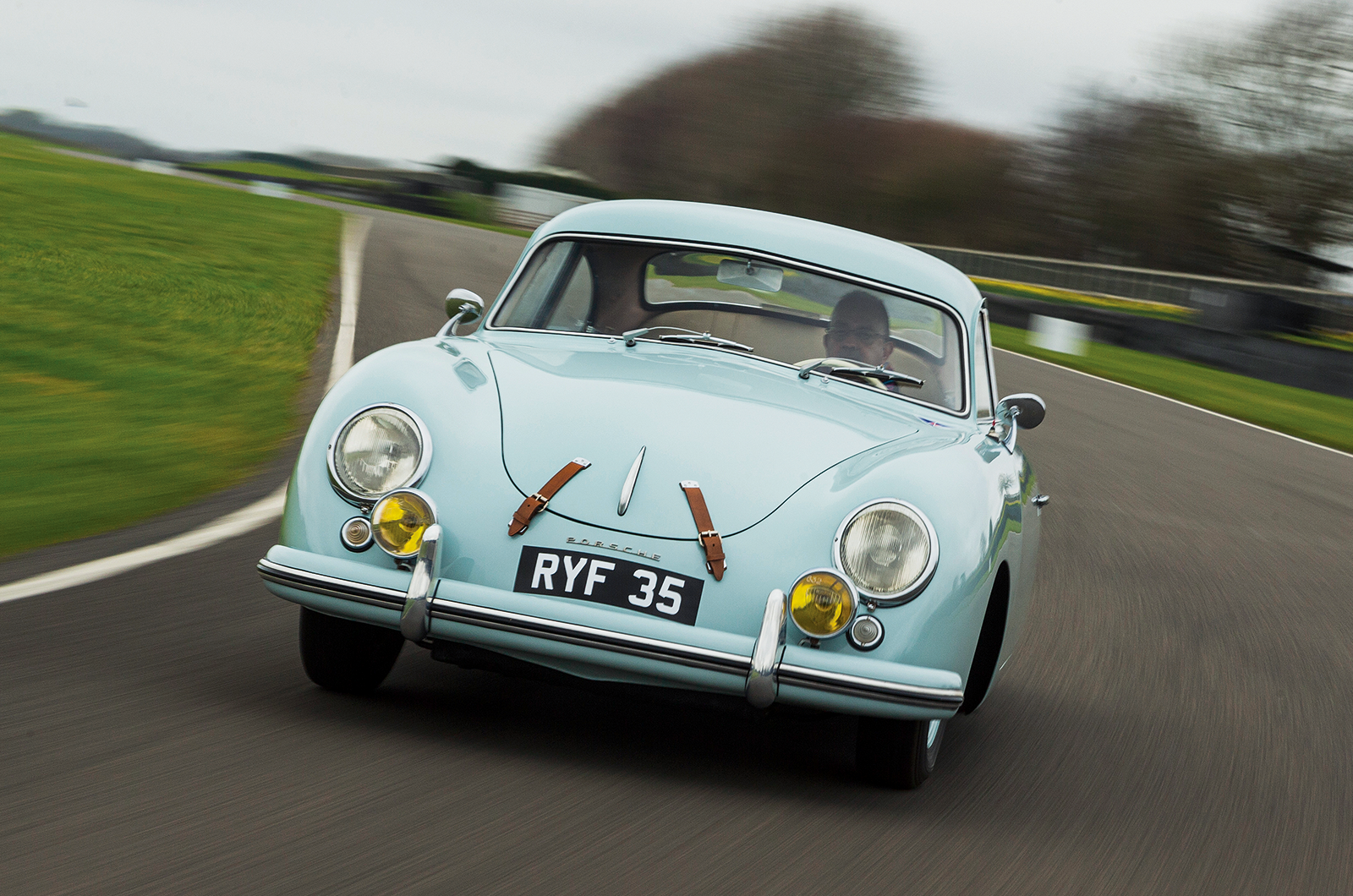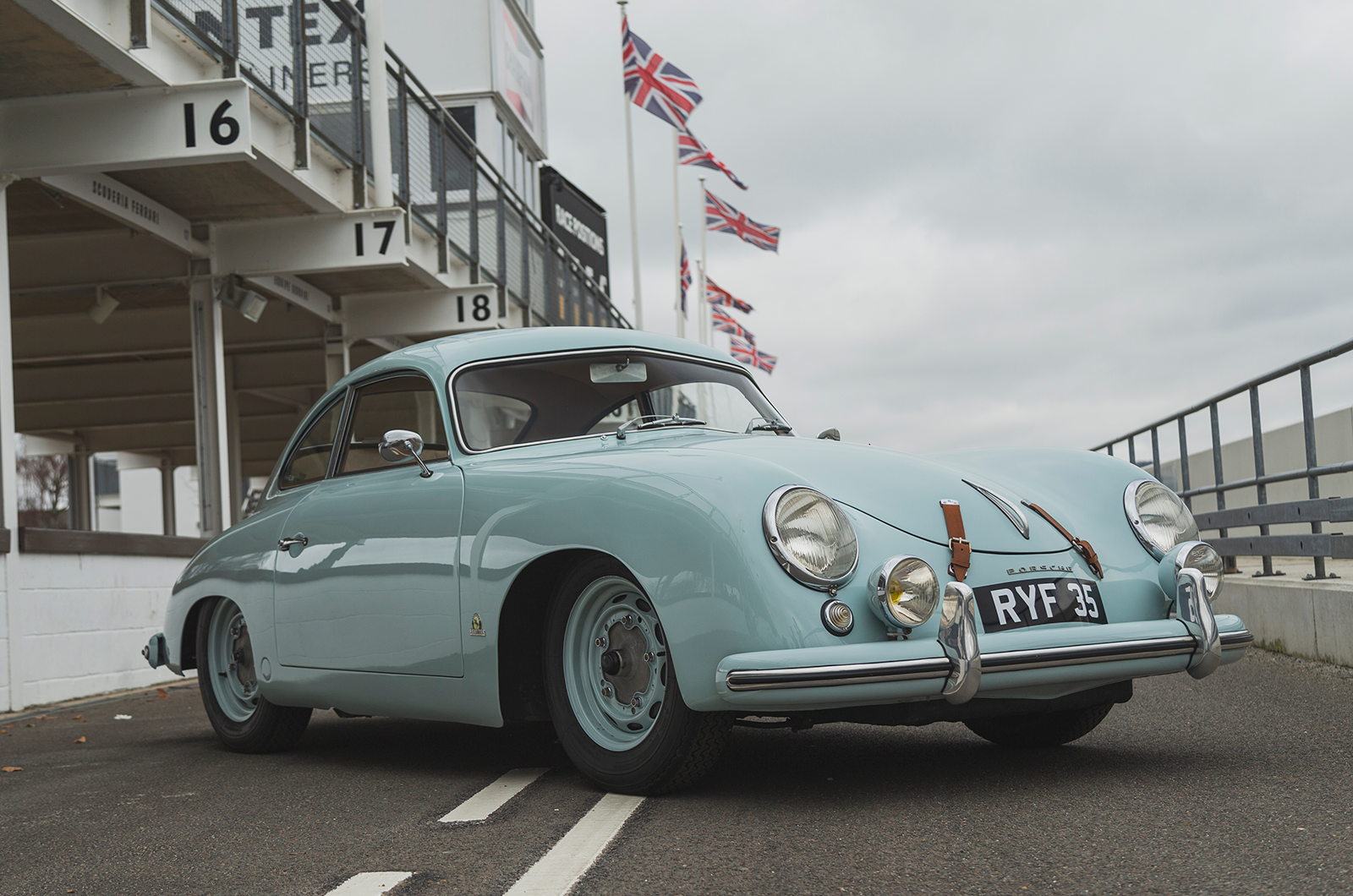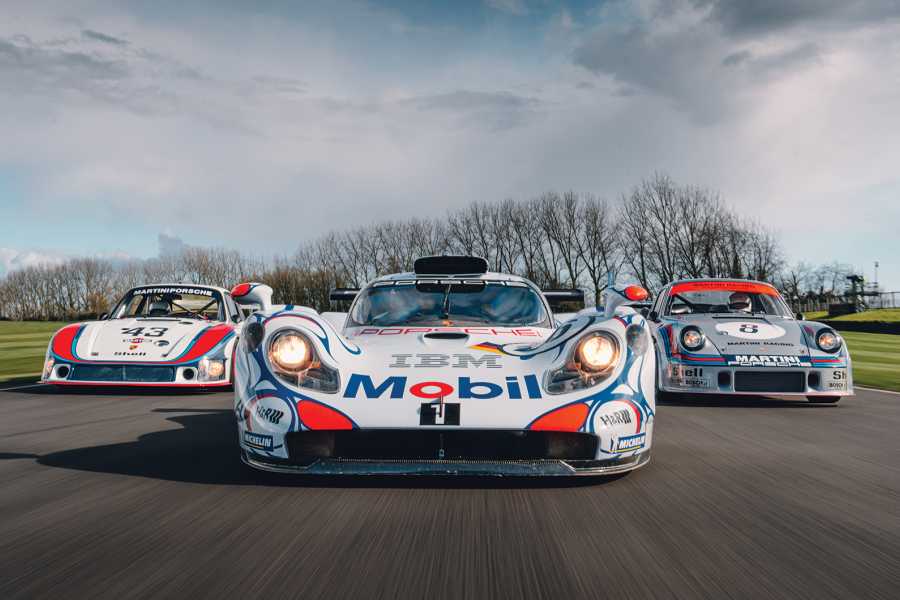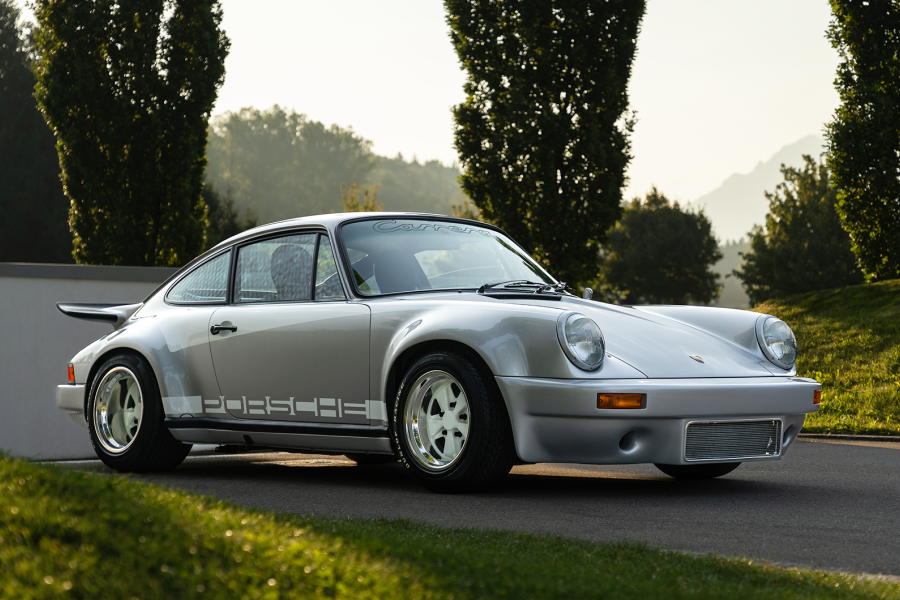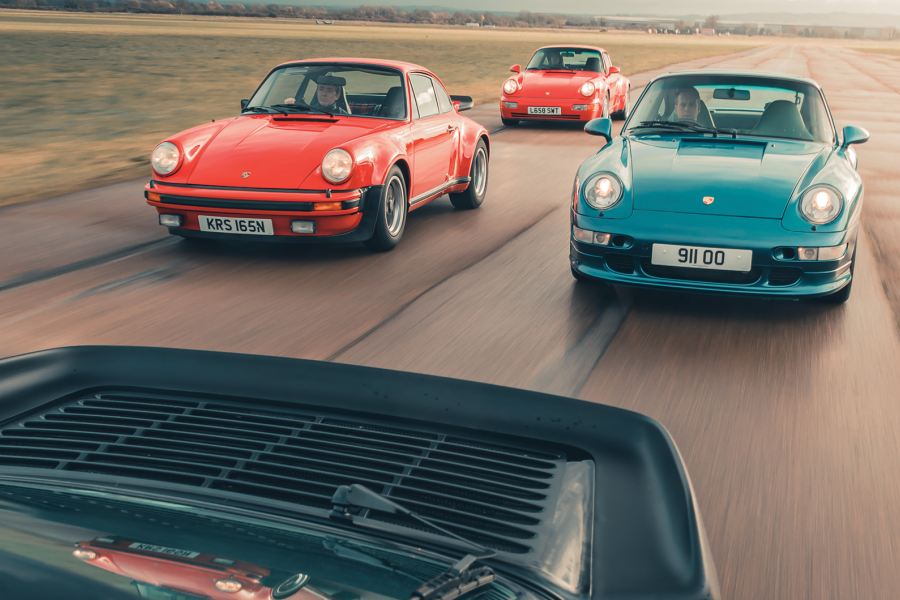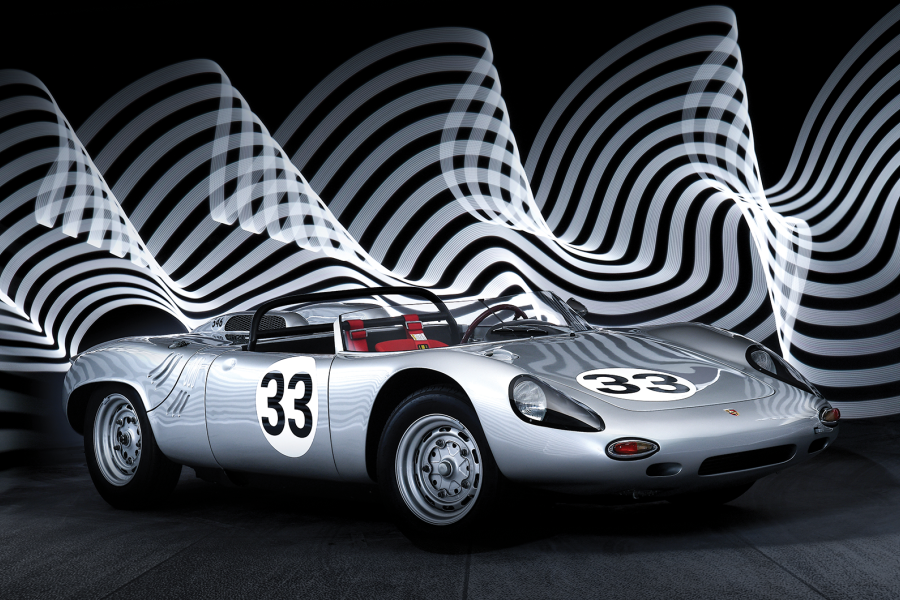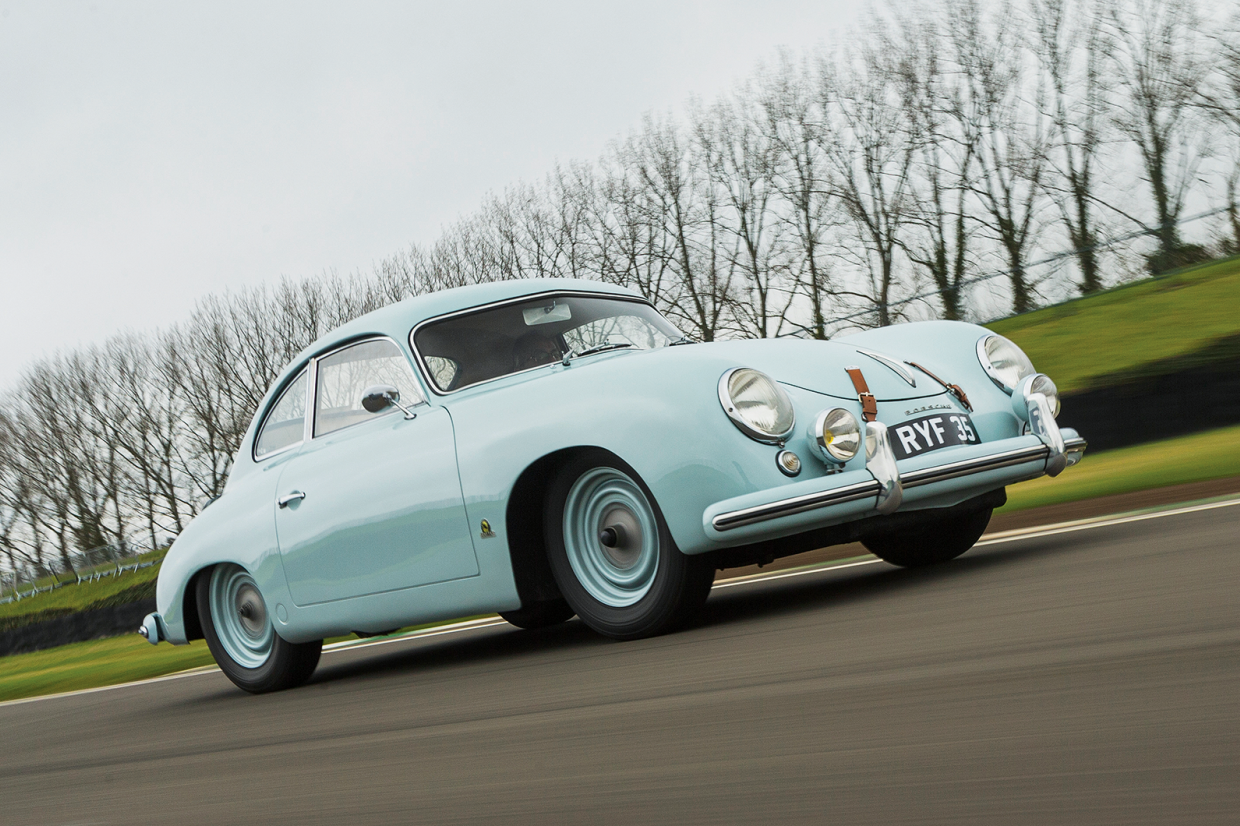
75 years ago, the motoring world changed for ever as a clutch of iconic vehicles made their debuts on a wave of post-war optimism. Here we look at the Porsche 356…
Unlike the rest of the cars in our 1948 celebration, barring the Ferrari perhaps, the Porsche 356 didn’t get off to a roaring start – at least in its production numbers.
It took a year to build just 52 units at Porsche’s first factory in Gmünd, Austria, but the 356 would be the car to launch the firm as a motor manufacturer.
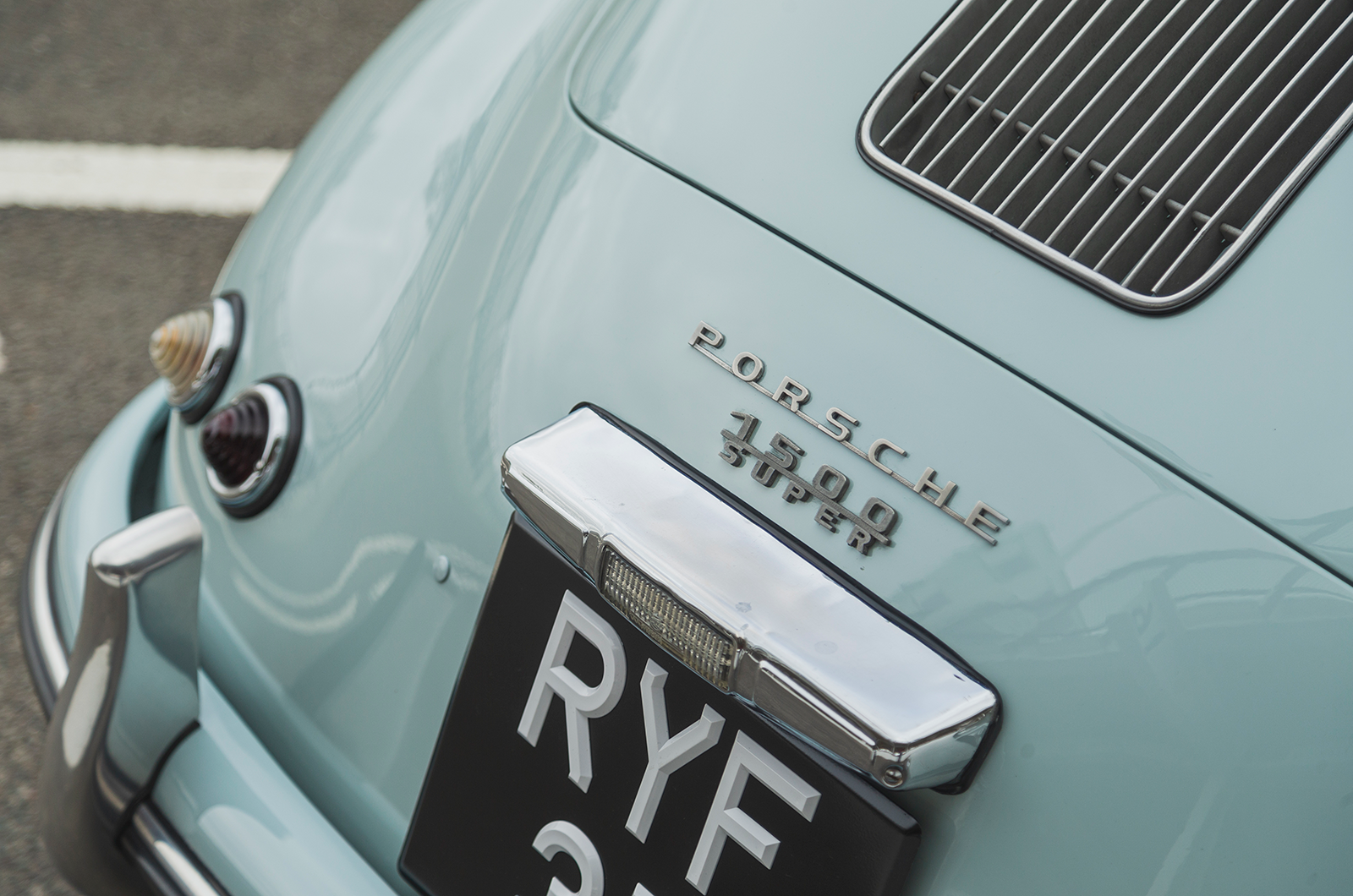
This Porsche 356 is a later 1500 Super
Ferdinand Porsche’s name was already well-known in automotive engineering, having designed for Adolf Hitler the KdF-Wagen (better known as the Volkswagen Beetle) and been involved in the pre-war Auto Union Grand Prix titans, but he’d never before produced a car under his own brand.
Ferdinand’s son, Ferry, would be the one to navigate those earliest days in Austria, before 356 production moved to Porsche’s traditional company headquarters in Zuffenhausen, Stuttgart, while nearby coachbuilder Reutter was contracted to build bodies for the new model.
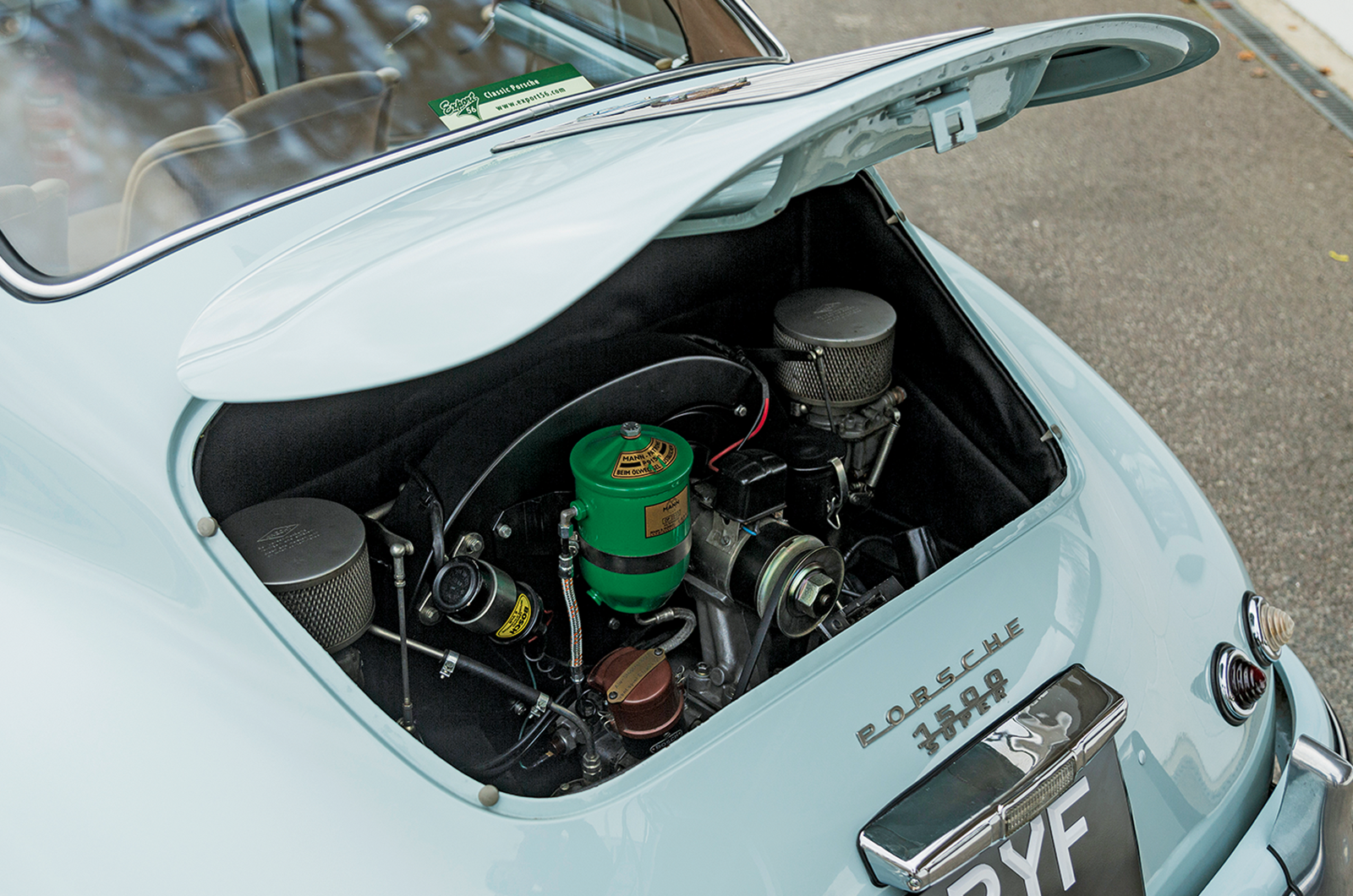
This car’s 55bhp flat-four feels quicker than the numbers suggest

